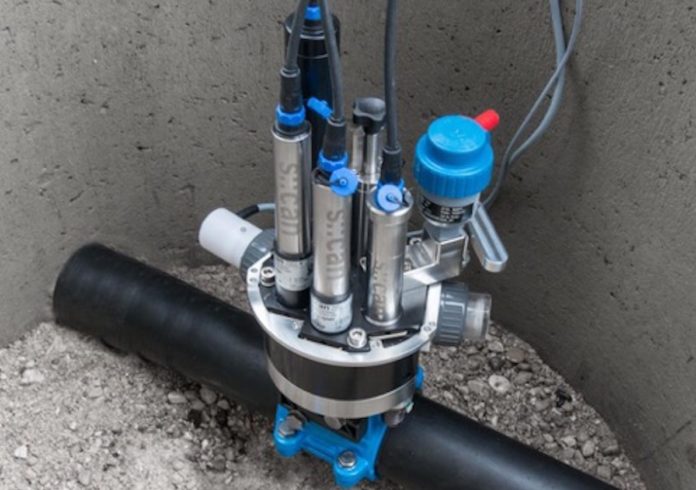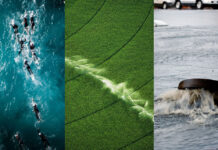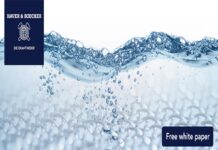Drinking water regulation can be improved by moving away from fixed, regular laboratory sampling to a risk assessment-based adaptation of sampling planning.
The former approach is costly, because samples need to be taken, transported and analysed weekly to monthly across large parts of the drinking water network. Also, problems such as contamination events can often barely be detected, or not detected at all.
To break from depending on the set frequency of examinations and to increase transparency, many water suppliers worldwide require online sensors, so that responding to water quality issues in their network is possible in real time.
Criteria for using sensors in the drinking water network
Online sensors used in the drinking water network are supposed to continuously monitor and provide quantitative, high-resolution and validated measurements for assessing the water quality.
If sensors are to make measurements in the pressurised pipe, they must be very robust to be able to deliver good results regardless of pressure fluctuations and bursts. The susceptibility, maintenance and power requirements of online analytics must be reduced to a minimum.
The prerequisite of every online measurement is not just robust sensors but also a real-time data transmission into a database / SCADA system to be able to react to alarms and changes in the measured data.
The pipe::scan
The pipe::scan is a sensor system for monitoring drinking water quality in pipes under pressure. Up to 10 parameters are measured in one system: organic parameters (TOC, DOC, UV254/UVT), turbidity, colour, chlorine, pH/redox, conductivity, temperature and pressure.

The installation is carried out on the pipe under pressure by means of Hawle pipe saddles (DN100 – DN 600). Via a “straw”, the water from the pressure pipe is pushed into the pipe::scan flow cell. A nano pump ensures that the water is pumped through the flow cell and back into the pipe without water loss.
The sensors in the pipe::scan are well-known – reliable s::can sensors that have been on the market for many years. All need extremely low maintenance and have been used for several years in drinking water applications worldwide.
A filter in the inlet ensures that no large particles penetrate into the flow cell, and a ventilation valve ensures an air-free measuring environment inside the cell.
The water quality data can be sent to any central database via almost any protocol using the s::can terminal con::cube.
The con::cube is a compact, powerful and versatile terminal for data acquisition and control. By integrating the latest processor technology, the flexible interfaces of the con::cube for connecting sensors to a SCADA or any central database system are ideal for remote monitoring. Thanks to the integrated modem and the low energy consumption, this data logger fulfils all requirements for the operation in decentralised installation locations.
Multiple pipe::scans are an ideal solution to monitor drinking water in the drinking water network at any accessible point. Some of these systems have been installed in distribution networks of major European cities for a long time already.
Continuous measurement of several parameters can be performed in high-resolution and without drift under fluctuating pressure conditions over many months.

With the pipe::scan, organic parameters such as TOC, DOC or UV254 can be measured very precisely. These parameters are essential for determining contamination events in drinking water (see figure) and for detecting water mixing from different sources.
Conclusion
The pipe::scan is currently the only sensor system on the market with all of the following features:
- Accurate measurement in perfect agreement with standardised laboratory references, not just “trending”
- Up to 10 parameters in one system
- Continuous monitoring of organics (TOC, DOC, UV254, UVT), turbidity, colour, pH/Redox, EC, pressure and temperature
- Flow-independent, even works under stagnant conditions
- “Hot-maintenance” under pressure without interrupting the flow/pressure and individually possible for each sensor
- Full-scale event detection with real-time alarms
- Six months’ maintenance interval
Measuring water quality directly in the drinking water network with online sensors provides very valuable and comprehensive information; for example, when a pipe breaks, or problems in chlorine dosing stations occur and these events then might lead to risks for the drinking water.
Drinking water safety is of great importance worldwide and by making extremely stable, accurate and robust sensor technology available, with the pipe::scan, this is already reality.
The authors: Robert Wurm and Andreas Weingartner








